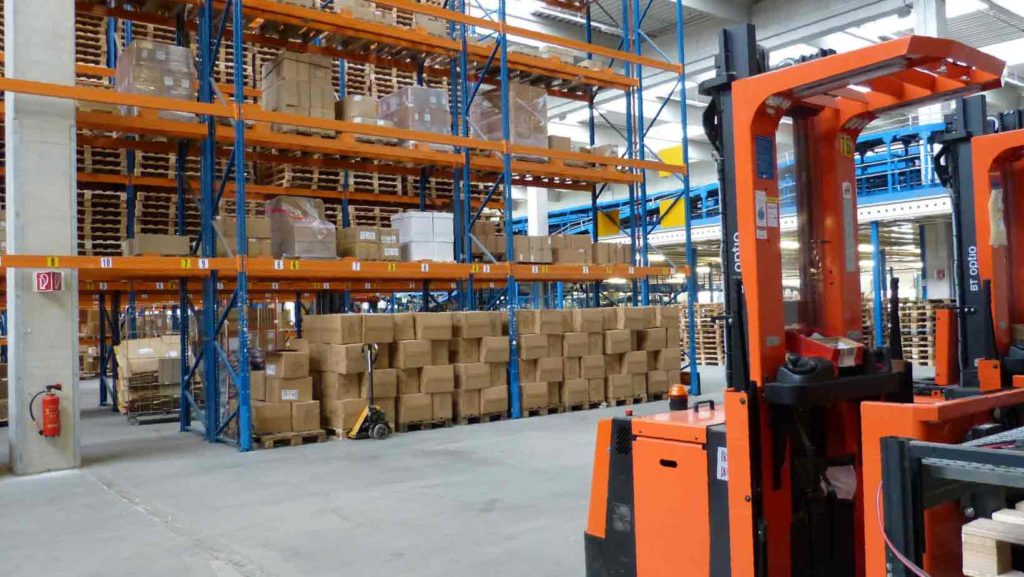
For our final post in our Amazon FBA 101 series, we’ve compiled 6 Tips for Selling Successfully on Amazon from our experts for becoming a successful Amazon seller. Let’s see what you need to do to get there.

When buyers purchase things on Amazon, they are influenced mainly by two factors: reviews and photographs. This implies that when businesses offer things on Amazon, these two critical components must be professional, transparent, and engaging.
While customer evaluations can be extremely tough to handle from a selling perspective, businesses have total control over product photographs. Therefore, let’s discuss them first.
Amazon has established precise criteria for product photography that must be adhered to for images to appear on the marketplace. These standards include a pure white backdrop devoid of graphics, the use of imported photos that are at least 1000px high or wider, and the use of certain file name markers.
While adhering to these criteria is an excellent starting step for the business, going the extra mile with product photography may help optimize sales and exposure on Amazon and other online marketplaces.

Brands may boost sales and earn the purchase box simply by adhering to Amazon’s requirements and improving all areas of product photography. Among these under-the-radar recommendations are the following:
Maintaining current product images helps boost engagement, conversions, and, ultimately, revenues.
Customer reviews on Amazon are a significant factor in attracting customers to the site. It essentially assists them in comprehending nearly every component of the goods.
Because consumers cannot physically check products when buying online, they rely on Amazon product reviews to make purchasing decisions.
According to Dimensional Research, 90% of internet shoppers think product reviews affect their purchase decisions.
Many buyers perceive excellent evaluations as a must for purchasing things online, particularly those that are more expensive. As a result, prospective sellers must recognize that Amazon customer evaluations can make or kill their e-commerce businesses.
Here’s discussing briefly how reviews help you sell better overall:
Keep in mind that not all product reviews need to be positive. It’s better to have some negative reviews for Amazon not to scrutinize your product and prevent red flags.
Understanding consumer feedback enables you to enhance the way your product is presented to the outside world.
Customer feedback is classified into two categories: product and seller feedback. You must pay close attention to seller feedback since even if customers dislike your goods, they may like your service and leave a positive review.
Agreed, gathering reviews is challenging. But if you follow the tips and tricks shared by our experts in the previous posts, you’re bound to succeed.
The key to attracting Amazon customers is to maximize the exposure of your items. There are many items on the market, and purchasers lack the time or patience to go through them all. So make it simple for consumers to locate your stuff, and you’ll increase your sales.
To help you increase the visibility of your listings, we’ve highlighted some effective strategies for driving external traffic from outside Amazon and internal traffic within the marketplace to your items. Using these tactics directs shoppers to your listings, where they may progress through your sales funnel and eventually become a consumer:
By developing fascinating and relevant social media content, you may promote your Amazon listings on social media in a natural, non-invasive manner.

Your total Amazon seller rating affects your chances of winning the Buy Box and ranking well in Amazon’s search results.
Punishing low-rated vendors by reducing their exposure is a tactic designed to keep Amazon buyers satisfied and the marketplace thriving. It guarantees that purchasers engage with merchants that have a good track record and can deliver excellent service first and foremost.
Follow these methods to keep your listings accessible on Amazon and maintain a high seller rating:
Maintain a good seller rating to ensure your products remain visible in the Buy Box and Amazon search results.
The sales velocity metric demonstrates that buyers discovered products that matched their search query. Essentially, the goods that appear at the top of the Search Engine Results Page (SERP) are more likely to be relevant to your search.
This demonstrates how critical sales velocity is to success. In this situation, if your product does not appear on top of search results pages, you will not win the query.
Sales velocity is determined by the items you sell/supply and the items you purchase (advertising/promotions), and so you can’t buy it.

You can maintain a high sales velocity (and indirectly boost conversion rates) by following these tips from our experts:
Conversion rates are critical to your Amazon FBA business’s overall profitability. Examine your current reports in the Amazon seller central area in detail. Your conversion rate is calculated using the “Order Item Session Percentage” field on your Amazon seller page.
If all of your goods are grouped, continue searching until you locate “by ASIN.” This section contains the report for each product.
After you’ve analyzed your report, make a note of what sticks out positively and negatively for you, and then consider how to improve your sales method.
“As a seller, I’m always looking for products that sell at least $10,000. That doesn’t necessarily need to be the case. I know many successful sellers who are satisfied with $2,000 or $3,000. It all depends on the market – how much the top ten sellers of that product are making,” states Kevin.

Running out of inventory on Amazon means you’re losing revenue, your Amazon search rating, and your competitive edge.
Amazon does not want any seller to run out of goods, as the more merchants sell, the more money Amazon makes. Additionally, you sell more when you satisfy clients by constantly having the things they desire.
Amazon awards best-sellers and exceptional customer service. However, no of how well optimized your listings are, you will lose the privilege of having them rank in the marketplace if clients are dissatisfied that you are out of stock. Additionally, your clients will lose faith in your brand and may switch allegiances.
To avoid this, you must have a system in place that ensures you never run out of stock, regardless of the conditions. Here’s what you should do:
However, if you still manage to run out of inventory, take steps to slow down your sales by either stopping ads or raising the price of your products. It’ll give you enough time to recalculate and arrange for new or buffer stock.
Norman Farrar Entrepreneur and businessman Norman “The Beard Guy” Farrar stands at the forefront of the economic mega-machine known as Amazon Marketplace. As a leading expert with over 25 years of product sourcing, development, and branding expertise, Norm is an advisor to many and an inspiration to all.

Norman Farrar Entrepreneur and businessman Norman “The Beard Guy” Farrar stands at the forefront of the economic mega-machine known as Amazon Marketplace. As a leading expert with over 25 years of product sourcing, development, and branding expertise, Norm is an advisor to many and an inspiration to all.